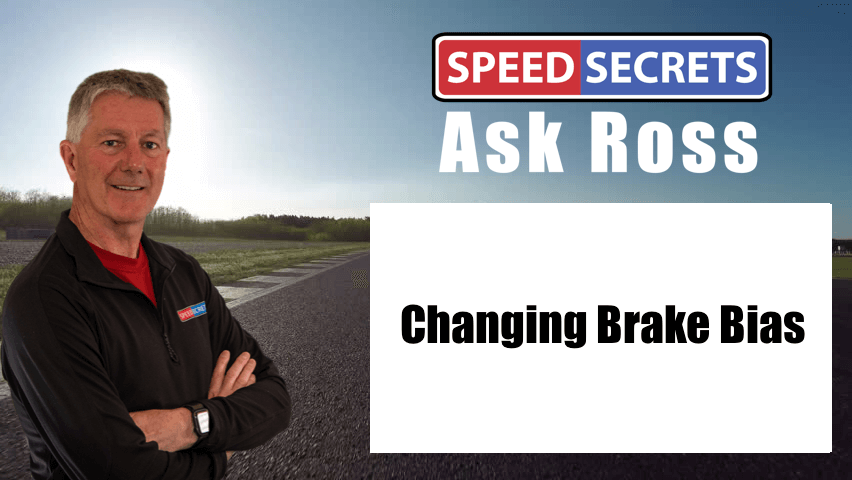 Q: “With a mid-engine GT car, how do you decide when to give more brake bias to the front versus the rear?”
Q: “With a mid-engine GT car, how do you decide when to give more brake bias to the front versus the rear?”
A: First, the advice I give here for a mid-engine car is the same as if it was a front- or rear-engine car, and even front-wheel-drive, rear-wheel-driver, or all-wheel drive.
So, what factors will affect whether you should adjust the brake bias?
- Track conditions: In wet or slippery conditions, you may want to adjust the brake bias more towards the rear, as there is less forward weight transfer to the front due to lower traction limits.
- Car behavior: If your car is experiencing understeer or oversteer during braking, you may need to adjust the brake bias accordingly. For example, if the car is oversteering under braking, you may want to increase the front brake bias to help stabilize the car.
- Fuel load: As the fuel load diminishes during a race, the car’s handling characteristics may change (depending on the location of the fuel tank in the car, and how it changes the car’s weight distribution), requiring adjustments to the brake bias. Be sensitive to the car’s behavior throughout the race and make adjustments as needed.
- Driver preference: Some drivers may prefer a more aggressive brake bias setup, while others may prefer a more conservative approach. Experiment with different brake bias settings to find the one that best suits your driving style and provides the best balance between stability and performance.
The ideal brake bias setting is one where both front and rear tires would lock up and skid at the exact same time (tougher to notice if your car has ABS). But, if you had to choose one over the other, usually you’d want the fronts to lock up just slightly before the rears, providing a more stable condition and giving you more warning of a skid. Having the rears lock up can more easily result in a spin.
For more thoughts on tuning brake bias, see:

